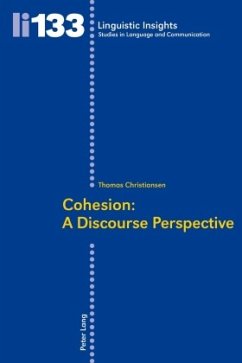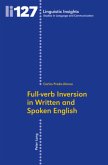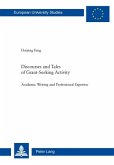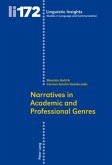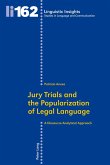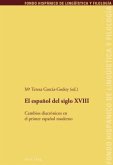This book represents a fresh look at cohesion, the point of departure being Halliday and Hasan's seminal Cohesion in English, which is examined in depth as are other notable approaches to cohesion such as Hoey's Patterns of Lexis in Text. It also compares different studies of relevance to cohesion from other areas of linguistics, such as: generative grammar, Functional Sentence Perspective (FSP), and corpus linguistics. In this way, this work extends discussion of cohesion beyond the realms of systemic linguistics to include a broader spectrum of approaches including research into languages other than English. The main focus, however, is on varieties of English and on general and specialised discourse types.
Rather than limiting itself to the text as product, the manifestation of a discourse, this book looks at cohesion from the wider perspective of discourse, seen as an interactive process. Consequently, different sociolinguistic and cultural factors are also taken into consideration: How far is cohesion a constitutive feature of text? What is the precise link between cohesion and coherence? What specific role does discourse have in phenomena such as anaphora? Do such things as cohesive universals exist across languages? How far do socio-cultural, or discourse-specific, conventions contribute to the type and degree of cohesion present in a text?
Rather than limiting itself to the text as product, the manifestation of a discourse, this book looks at cohesion from the wider perspective of discourse, seen as an interactive process. Consequently, different sociolinguistic and cultural factors are also taken into consideration: How far is cohesion a constitutive feature of text? What is the precise link between cohesion and coherence? What specific role does discourse have in phenomena such as anaphora? Do such things as cohesive universals exist across languages? How far do socio-cultural, or discourse-specific, conventions contribute to the type and degree of cohesion present in a text?

